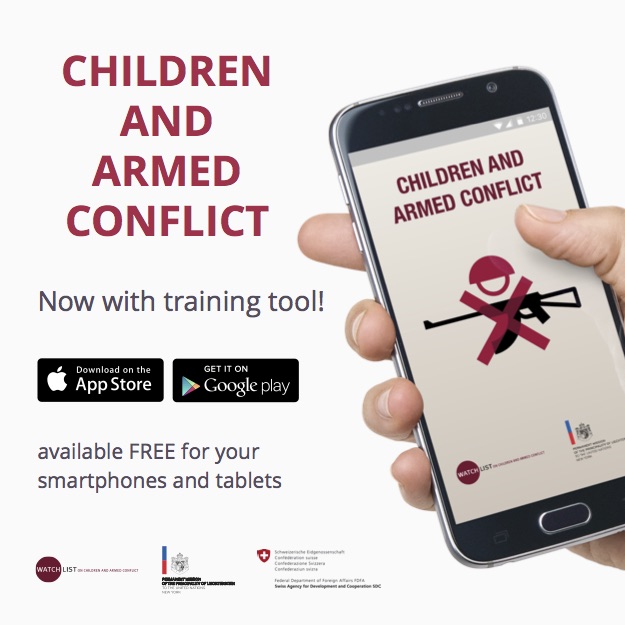The humanitarian response in Mali continues to be one of the top five underfunded humanitarian appeals worldwide, having received only 35% of required funds through the start of September. Only one situation worldwide has received less funding. Worse still, the sectors that affect children the most and contribute to their protection and well-being are the least funded: education at 15%; water, sanitation, and hygiene at 16%; and protection at 32%, although broken down, child protection has only received 15% of required funds. With a donor conference being planned for mid-September in Bamako, donors should urgently prioritize children – their protection and well-being – in their pledging in order to make long-term, sustainable impacts in Mali.
Back-to-School?
Drawing attention to children’s funding at this September conference is particularly timely as it coincides with the start of the new school year. A ‘Back-to-School’ campaign mounted by the government and its UN and NGO partners, is underway in Mali to help the over 800,000 Malian children who had their schooling interrupted by the conflict to be back in class when the new school year begins 1 October 2013. Catch-up classes to make-up for time and learning missed during the conflict, which affected the 2012 and 2013 school years, have begun in 588 of 1,042 schools in Gao and Tombouctou regions. However, as Watchlist reported in its June publication on the impact of the conflict on children, the education system in Mali was greatly impacted by the conflict.
Many schools and administrative buildings were pillaged, occupied, damaged, or destroyed during the conflict, and require rehabilitation or need to be refurbished with desks, tables, chairs, and books. Most of the teachers fled the conflict-affected areas and now need to return. They also require added training and support to assist children affected by conflict, such as training in areas of psychosocial support to children, peacebuilding activities to help alleviate social and ethnic tensions, and handling larger classes, a consequence of the conflict and the availability of fewer classrooms. The continued lack of funding to the education sector has for months been identified as hindering the ability to provide effective responses for children. With a new school year starting, donors should prioritize these needs and not let the conflict affect a third school year for children.



